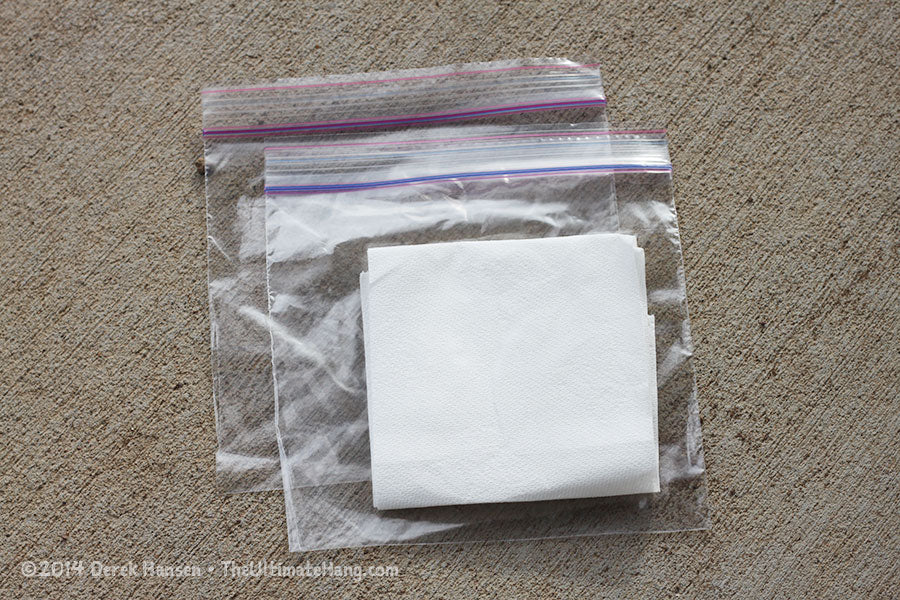Simple DIY Mini Toilet Paper (WAG) Bags
Technically speaking, a WAG bag is designed to collect human excrement (poop) and allow you to pack it out. In some locations, a WAG bag is required, such as on Mount Rainier or in many desert canyons. But for many backcountry areas, burying poop is still the approved method–but what about the toilet paper (TP)?
I learned several years ago that even if I'm not required to pack out my poop in a particular location, packing out used toilet paper makes a huge difference in the backcountry. In some popular places I've visited, used TP litters the ground, which is not only unsightly, but unsanitary as well (who wants to make camp near an open human septic field?).
Burying used TP is not always effective, and burning it is not recommended. And where I live in the American Southwest, the hot and dry climate mummifies even "biodegradable" TP, making it last for years. When I don't have access to natural TP, my solution has been to create "mini" WAG bags, designed specifically for safely and sanitarily disposing of used TP in the backcountry. Packing out used TP is excellent LNT etiquette.
A single-use mini-WAG consists of two (2) zip-top sandwich bags and four (4) to six (6) squares of TP, depending on your personal taste. Turn one sandwich bag inside out and place it, and the (folded) TP, into the second sandwich bag. Turning the first bag inside-out is a time-saving tip so it is ready to go out of the bag.
In practice, use the inside-out sandwich bag as a "glove" to cover your hand to retrieve the used TP. Carefully grab the TP and turn the sandwich bag right-side-out and zip it closed, enclosing the used TP inside. Place this bag inside the second sandwich bag to double bag it. This sealed bag can join the rest of your trash to be packed out.
Always wash your hands and use a little hand sanitizer to finish!







Former Trail Ambassador Derek Hansen is the author and illustrator of The Ultimate Hang: An Illustrated Guide to Hammock Camping. He lives with his family in Flagstaff, Arizona.
